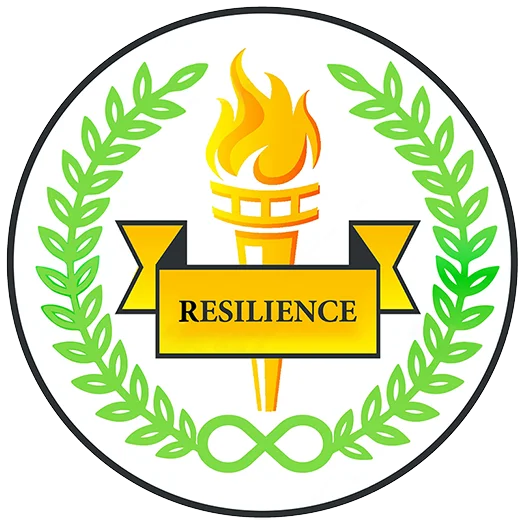Kindergarten/First Grade
During this time, children start to verbalize their thoughts and are able to have judgements about themselves. They strive to be like the adults in their life, develop coping strategies for stressful situations, welcome instructions while learning something as long as encouragement is present, concentrate on quiet activities for about 20 minutes at a time, and enjoy routines and rituals.
Exercise 1: Getting Relaxed and Muscle Relaxation
Instructors should:
- Start all exercises with a moment of silence in order to build mental concentration.
- Help the students realize what their body feels like when it’s calm versus when it’s stressed.
- Use deep belly breathing to encourage relaxation.
- Have students progressively tense and release different muscles in their bodies.
- Explain to students what the deep-breathing exercise is supposed to feel like. Then, ask students to report on their experience with the exercise.
- Ask students to reflect on the sensations they felt in individual body parts (i.e. legs, arms, fingers) and on what was the hardest part of their body to relax.
- Have students draw or write down their feelings about the experience with the exercises. This will allow these experiences to linger in their minds, which will in turn cause their creativity to blossom.
- Assigned these exercises not only in class, but for homework, as well. The students could be asked to reflect on their experience with the exercise in class, in comparison to their experience with completing it outside of class.
Exercise 2: Mindfulness
This exercise is designed to help children be aware and present in their surroundings. Have students practice quieting the mind and using the breath as a focus point.
Instructors should:
- Welcome all thoughts and sensations that students are express during the exercise and encourage their engagement by letting them know that feeling these things is part of the experience.
- Resort back to deep-breathing, If students become distracted during the exercise. This will get students to refocus.
- Start the exercise by playing I-Spy. Begin with something simple and use simple descriptions for students to find it. As you go, pick objects that are more complicated to find with more complex descriptions.
- Start the second part of the exercise, which involves food (Ex. something small, such as a piece of fruit). They should ask the students to pick up the piece of food and explain what it looks, feels and smells like. Then, they should have students eat the food and explain what it tastes and feels like in the mouth.
- Set aside a designated “quiet time” and have students focus on the sounds that they hear around the room. They should have students focus on their breathing while doing so.

Hi, the Social Emotional Learning (SEL) Tools Kindergarten and 1st Grade article
it is well written, it’s very informative.
Give Your Child the Most Important Skill in Life – Reading.
I found the Most Effective Method to Teach my Children to
Read: http://bit.ly/Teach-Your-Child-to-Read
Your child deserves the best education! 🙂 Kiss you All!